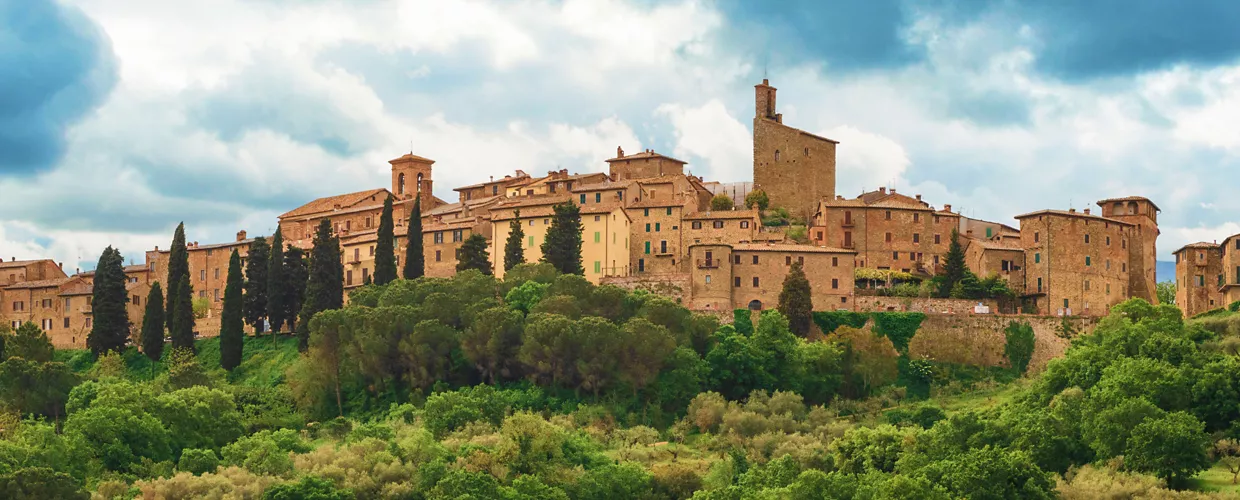This content was automatically translated. View the original text.


Overview
Orange Flag of the Italian Touring Club
From the natural terrace that is Panicale on the one hand, you can admire Lake Trasimeno and on the other hand, Nestore Valley.
This village was created as a castle to control and defend the southern slopes of Lake Trasimeno, and of this defensive nature it retains the walled hamlet with three central squares on three different levels, connected by a single main street.
A visit of the historic centre can start from Porta Perugina near where you can visit the Church of St Sebastian with the frescoes by Perugino and then arrive in Umberto I Square where the Praetorian Palace is. To the left is the collegiate church of St Michael Archangel and nearby the Caporali Theatre. Continuing on, you reach Piazza Masolino, where you will find the Palace of the Podesta. Also not to be missed is a visit to the former church of St Augustine where there is the Permanent exhibition of hand embroideries on tulle, an art specific to Panicale. This tradition of hand embroideries on tulle is handed down from generation to generation, with original techniques reinvented in the 1920s, thanks to the birth of a real school.
Among the events that animate the village, we highlight the Grape festival in mid-September, which features typical local dishes and wines, with concerts, events and accompanying parades of allegorical floats.
06064 Panicale PG, Italia